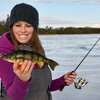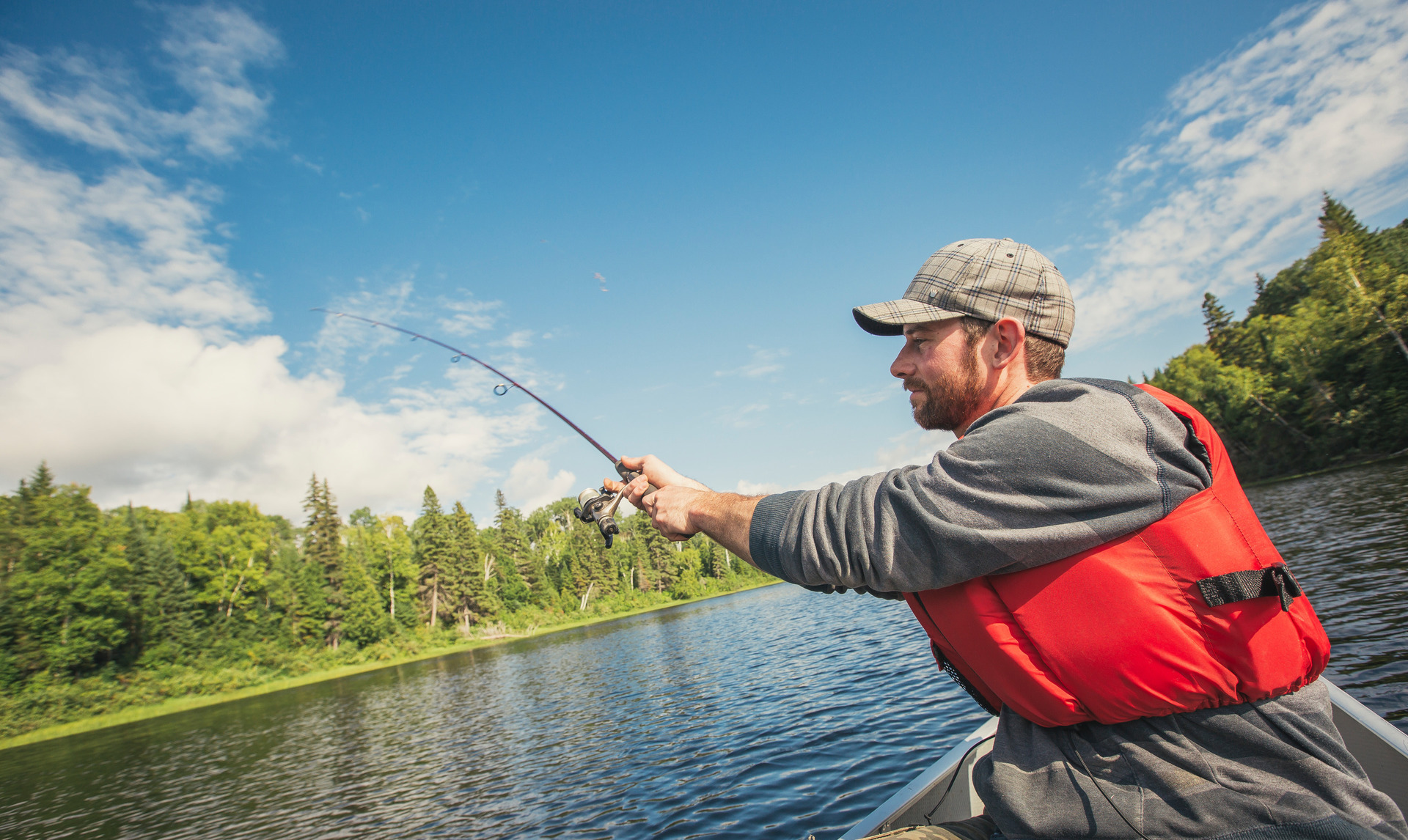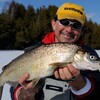
Spring Fishing Tips For Any Angler
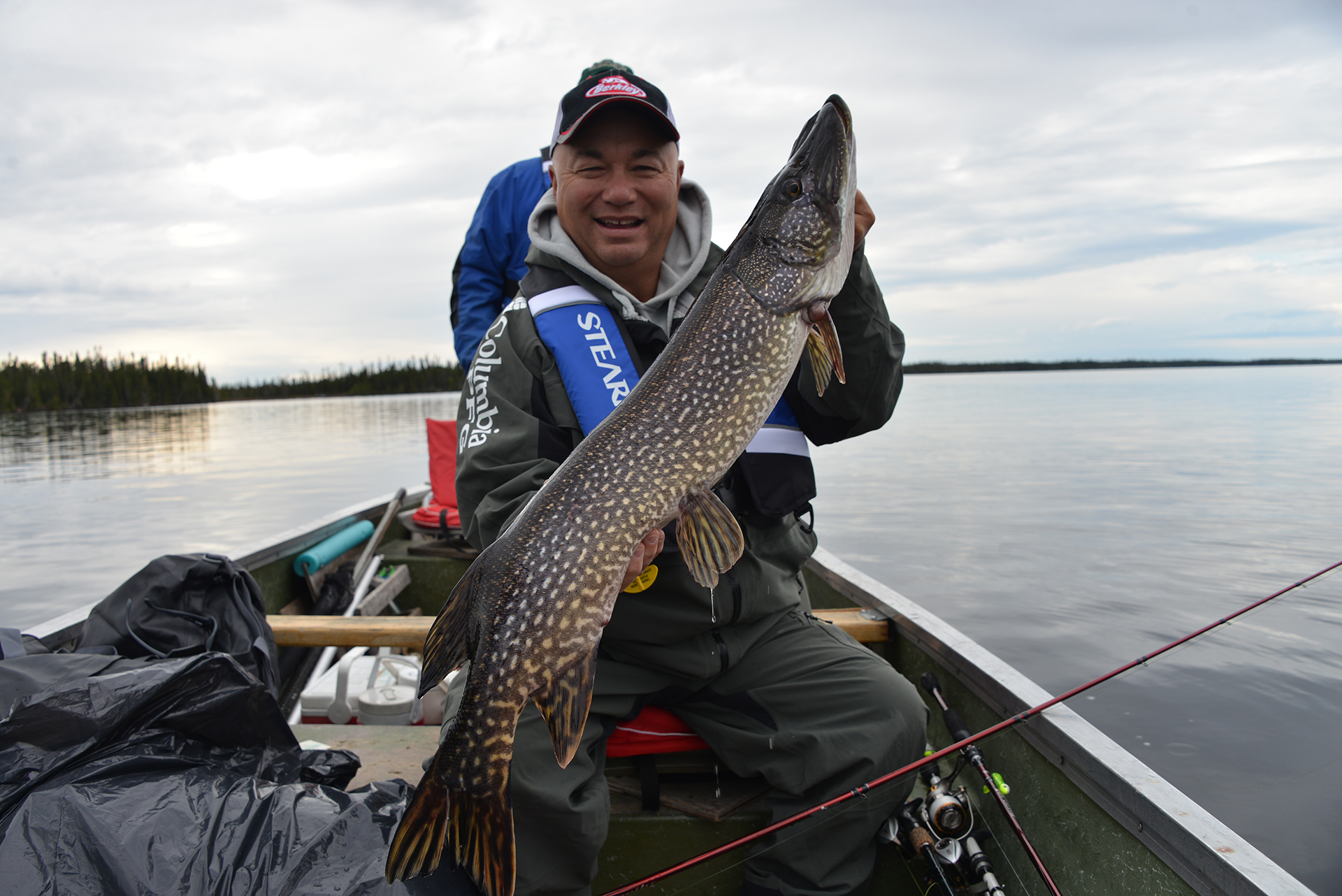
When it comes to spring fishing, I always like to get on a good lake trout trip. On many lakes across the country, the lake trout are up near the surface within two to three weeks of ice-out. They’re very easy to pattern, they’re aggressive and hungry, and you can catch them either by casting or flatline trolling. You can get them on swim jigs, minnow baits, spoons, and a variety of other artificial lures. It’s one of those types of fishing that can get your open-water season off to a great start. If there are lake trout near you, early spring is definitely one of the best times of the year to get them.
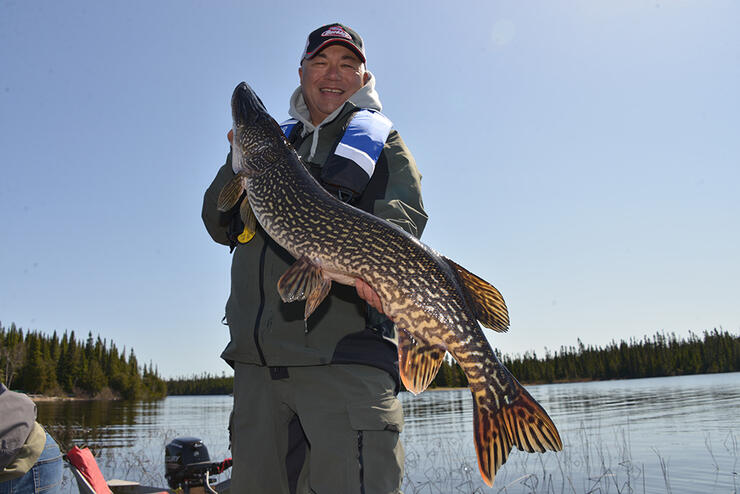
There are so many other opportunities when it comes to spring fishing, and another one of my favourites is going after big northern pike. You can get a lot of big spring pike by going to the feeder bays and working around until you find the fish. We like to hit the backs of the bays, move out towards the basin in the middle of the bay, then out to the points leading towards the main lake. Depending on what time of the spring you’re fishing, that pike will usually be in one of those places close to their spawning areas. Look for newly emerging weed beds or dark bottom areas where the pike can rest and soak up the sun.
Spring pike is pretty lackadaisical, at least until the water warms up, so if you aren’t getting fish, try changing to smaller baits and/or using a slower retrieve. If you’re going to use suspending jerkbaits, for example, make sure to add a long pause between jerks, up to five or 10 seconds, to give the pike lots of time to get to the bait and eat it. And go with the smaller versions of the big baits you’d use later in the season. In general, the baitfish are smaller in the spring, and a pike’s metabolism is slowed down considerably after the spawn, so smaller baits seem to work better than really big ones.
Crappies are reasonably predictable in the spring as well. You can go to a lot of the areas they spawn in and, depending on the type of lake that you’re fishing, catch them around wood, docks, lily pads, reeds, and newly emerging weed beds. It seems like they like to rub up against something when they’re spawning. We’ll go into a lot of the bays that warm up the quickest and try to fish as many targets as we can until we find a good school of fish.
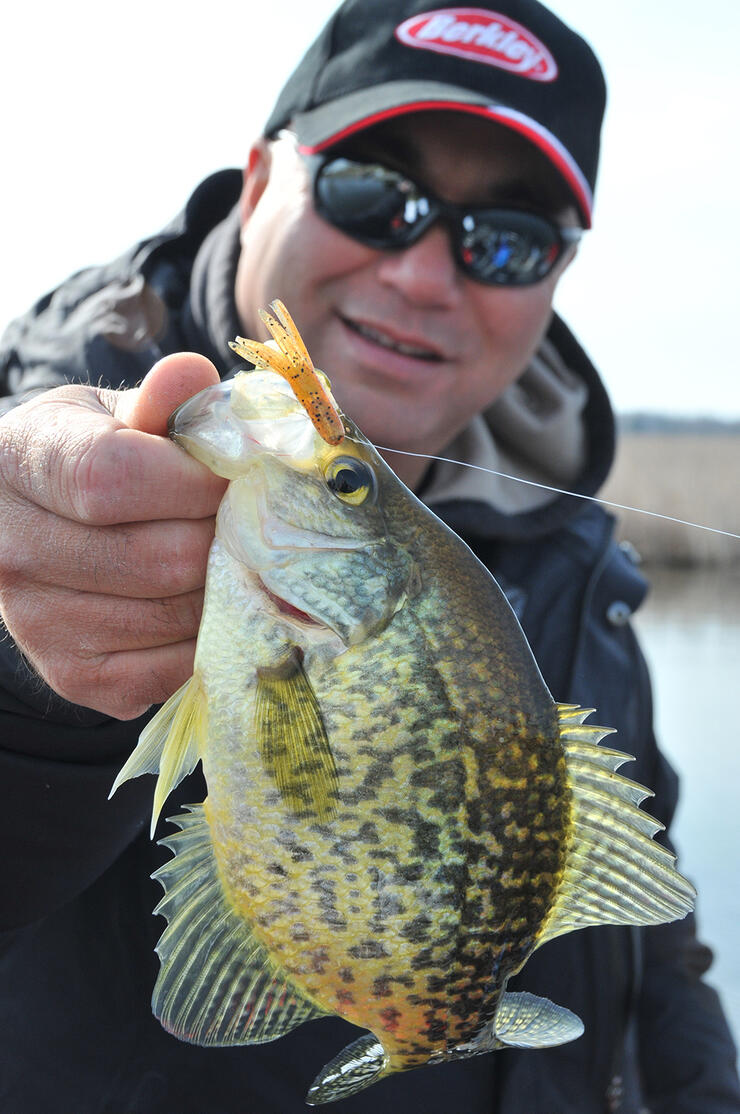
When we’re looking for spring crappies in shallow water we like to use a small, sensitive float and a 1/32 or 1/16-ounce jighead tipped with a small PowerBait creature, minnow, or tube. There are a number of small GULP! baits that work well too. When it comes to the length of your lead under the float, I recommend anywhere from about 1 foot to about 18 inches. A properly weighted float is important. If you can’t get your float to sit properly with the little jig you’re using, add a small split shot or two under your float. That way, when you swim the rig along and then stop it, your jig will “pendulum” down and quickly cock the float again.

Spring perch fishing is about as easy as it gets. Just find the areas where they are spawning (that could be shallow or deep depending on the body of water you’re fishing) and you’re in business. Jig and float combinations tipped with small minnows or soft plastics are always effective in shallow water areas. In deeper spots, a simple perch rig tipped with live or artificial bait and fished on the bottom is all you need. This is super easy fishing, and it can be a ton of fun since perch usually move around in big schools. It’s a great type of trip to take the kids along on, and it usually ends up with some very tasty fish for the table.
From where I live in Southern Ontario, I can pretty well fish for every species of fish in the province within a two- to three-hour drive of my home. I can easily get walleyes, crappies, steelhead, lake trout, perch, and pike all in one week. In fact, my biggest decision in the spring is which species to target first! Depending on where you live, you may or may not have the same opportunities as I do but, wherever you fish, you can bet there will be some easy fishing waiting for you this spring. And there’s no better time to take advantage of it.
Fishing Opportunities in Ontario
Recommended Articles

Shoreline Strategies

Casting for Coasters
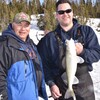
Big Lake Abitibi
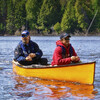
5 Canoe & Kayak Fishing Destinations

Reaching Deep For Walleye
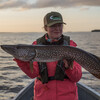
Kesagami Lake

Fishing the Upper Ganaraska

Ideal Christmas Gifts For The Northern Ontario Ice Angler
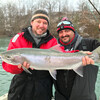
World Class Fishing on the Niagara River
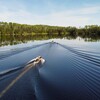
Leuenberger Air Service Is Your Ticket to Ontario's Best Fishing
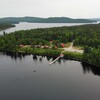
Pot of Golden Walleye

Eating Northern Pike
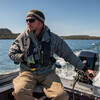
10 Essential Items to Put in Your Boat

Yellow Perch Egg-Stacy
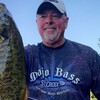
Warm Water Smallmouth
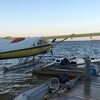
Birch Bark Lodge
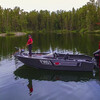
Chapleau Lodge: More Than Just Fishing

Salmon Fishing
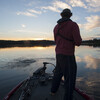
An Angler’s Perspective on Northern Ontario


